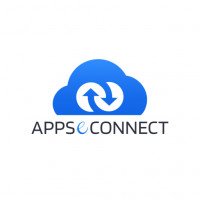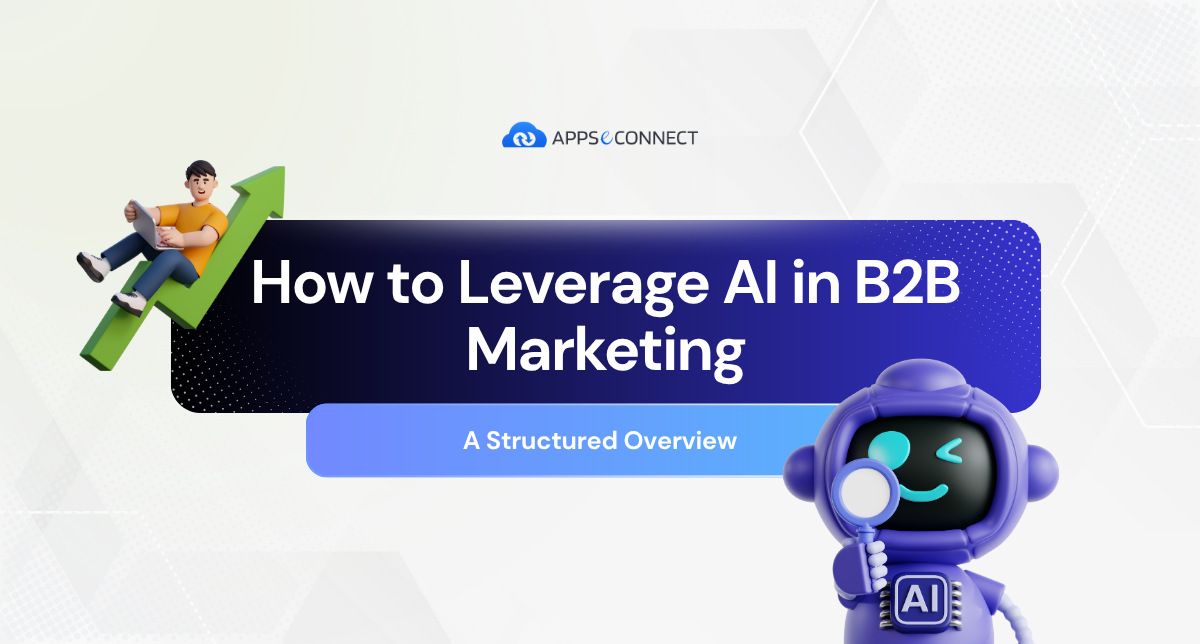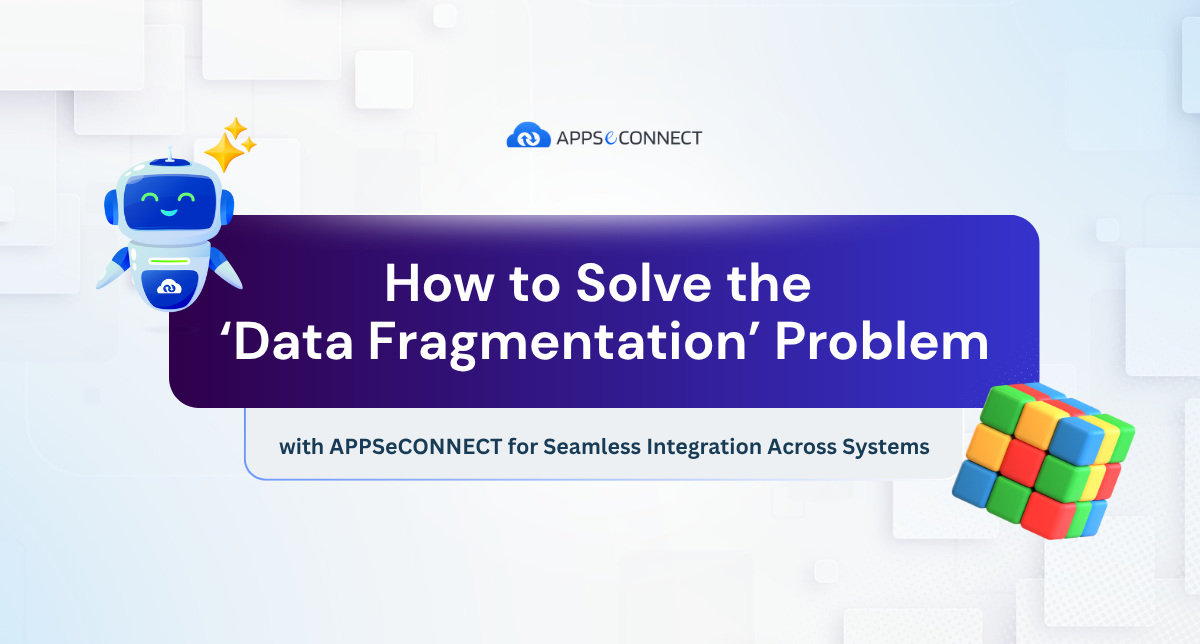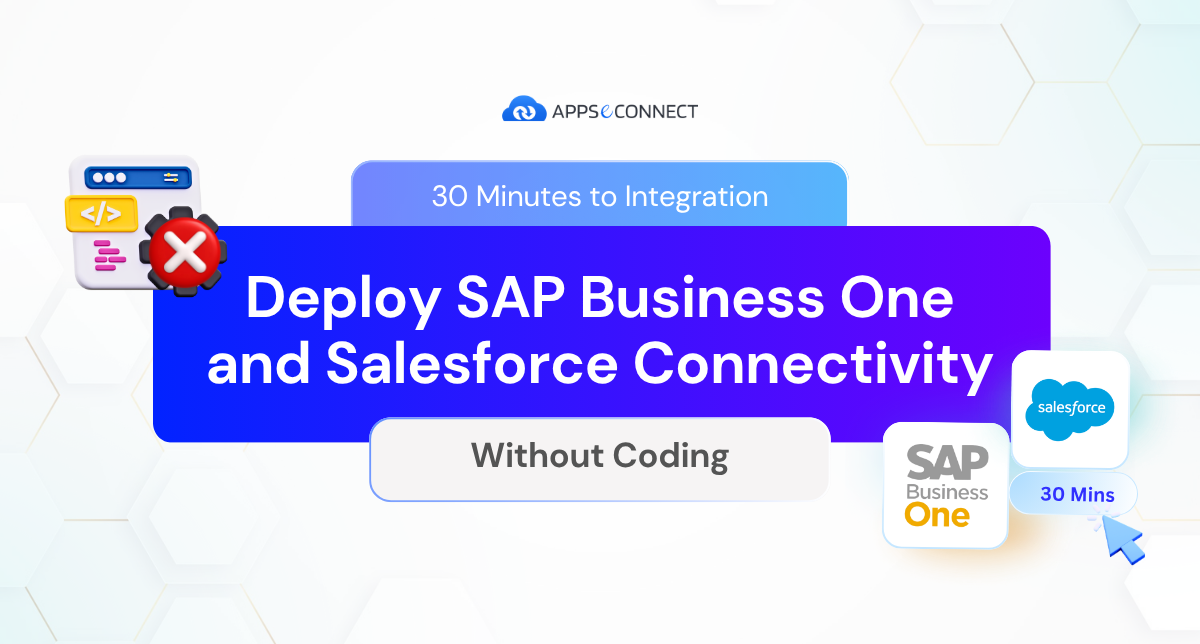Win Deals Faster: Speed to Lead Statistics You Need to Know
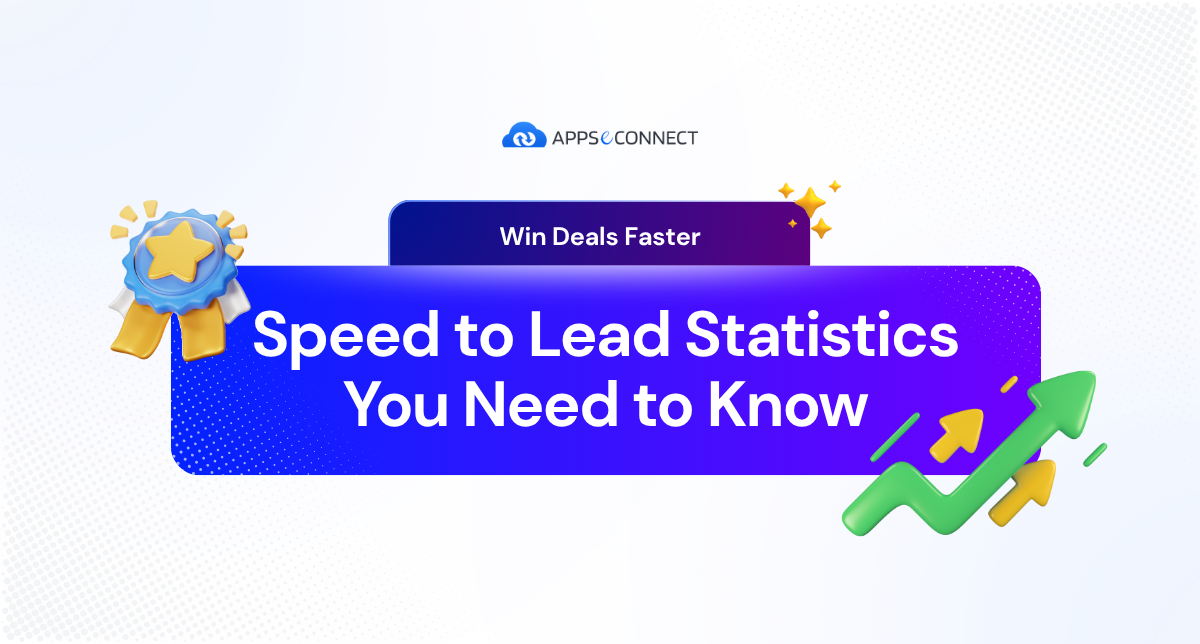
Strong 8k brings an ultra-HD IPTV experience to your living room and your pocket.
The average B2B lead response time is 42 hours—plenty of time for rivals to engage the same prospect.
Did you know that speed to lead statistics show a difference? Businesses that reply to inbound leads within five minutes enjoy conversion boosts. Yet many sales teams lag, costing them valuable deals and revenue. These numbers highlight the impact of quick lead response on closing deals.
In this article, we’ll dive into essential speed to lead statistics, explain why they matter, and share practical, actionable tips.
Get a Free Consultation Now!
What Is Speed to Lead?
Responding within 60 seconds lifts conversion odds by 391% versus a 30-minute delay.
Speed to lead measures how fast your team contacts a prospect after they submit their information. A rapid response builds trust, captures attention, and drives higher conversion rates. Engaging leads quickly gives you a big edge in closing more deals.
- Speed: The time between lead capture and first outreach.
- Impact: Quicker follow-up increases the chance of conversion.
- Metric: Often measured in minutes rather than hours.
- Tools: CRMs with automated alerts help reduce delays.
- Benchmark: Leading companies aim for under five-minute response.
Start Your Free Trial Today!
Speed to Lead Statistics
Every 1-minute delay after submission cuts qualification odds by 10%.
Speed to lead statistics demonstrate that rapid outreach boosts engagement and qualification rates. Contacting a prospect within five minutes makes your team 100 times more likely to connect. Yet, the average lead response time for website leads is 17 hours, causing leads to go cold.
- Contact Likelihood: Leads contacted within five minutes are 100× more likely to connect than those reached in 30 minutes.
- Qualification Drop: Waiting 30 minutes reduces the odds to qualify by 21× compared to immediate outreach.
- One-Hour Boost: Responding within one hour makes you 7× more likely to qualify leads than waiting longer.
- Day-Delay Penalty: Leads contacted after 24 hours are over 60× less likely to qualify than those contacted within the first hour. gorattle.com
- First-Responder Advantage: 78% of B2B customers choose the vendor who responds first.
Contact Us Now!
Why Speed to Lead Matters
Calling in the first hour gives reps 11 × more chance of contact than calling in the second hour.
Speed to lead matters because rapid lead response time keeps prospects engaged and prevents them from moving to competitors. Automating inbound lead response time ensures you act on interest, retaining trust. Even delays can lengthen sales cycles and erode revenue.
- Engagement: Quick response keeps leads warm and interested.
- Conversion: Prompt outreach raises close rates significantly.
- Trust: Fast replies build confidence in your brand.
- Competitiveness: First responder often wins the deal.
- Efficiency: Smaller sales cycles save team bandwidth.
An e-commerce firm, for example, take advantage of APPSeCONNECT to automate lead alerts and improve response time immediately.
Book a Free Demo Today!
How to Improve Your Lead Response Time
The probability of qualifying drops from 16% in hour 2 to 6% in hour 3 after inquiry.
To get leads faster, you need quick alerts and smart tools. These tactics reduce manual work. They help your sales team talk to people right away. A fast response keeps people interested and helps you sell more.
Get Lead Alerts in Real Time
Leads contacted within 60 seconds are 9 × more likely to convert than slower responses.
Notifications can be sent the moment a person fills out a form. These instant alerts let your team act while interest is high. This method keeps potential customers engaged and more will connect.
- Alerts: Instant messages are sent when a lead gives you their information.
- Channels: Your website forms and chats can automatically trigger these notices.
- Speed: Reps are told about a new lead in seconds.
- Engagement: You reach people while they are still on your website.
- Results: This improves first-contact success. It also shortens the time to qualify a lead.
For example, a software company can use APPSeCONNECT. It triggers instant alerts. They engage leads in under five seconds.
Automate the First Message
Waiting just 10 minutes rather than 5 cuts win probability by 400%.
You can send personalized messages automatically when a lead is captured. This removes manual steps. Ready-made connectors move leads to email or text lists. Your team can focus on talks, not typing. A consistent first message means no lead is left waiting.
- Triggers: Messages are launched as soon as a form is submitted.
- Messages: You can send custom emails or texts without manual work.
- Integration: Web forms can be linked directly to your messaging tools.
- Consistency: A prompt and uniform response is received by every lead.
- Scale: This lets you handle many leads without more staff.
A marketing agency, for instance, uses APPSeCONNECT to auto-send welcome emails. This happens seconds after a form is filled out.
Make Lead Qualification Better
35-50% of sales go to the first salesperson to make contact.
An automated system scores new leads for you. It uses details like company size and their actions. The best leads are routed to sales immediately. Other leads are put into a list for future contact. This makes sure your team spends their time on the best opportunities.
- Criteria: Leads are scored by industry, company size, and engagement.
- Speed: Lead scores were applied in real time.
- Accuracy: This process removes human mistakes in sorting.
- Focus: Your reps are pointed to the most interested people first.
- Outcome: You will qualify more leads and close more deals.
An SMB could use APPSeCONNECT, as an example. It auto-scores leads. Top prospects are routed in seconds.
Use Many Communication Channels
75% of prospects choose the first firm that calls them in real-estate transactions, mirroring wider B2B trends.
Your team should be able to contact leads in different ways. They can use email, chat, or phone from one place. Having all channels in one spot prevents missed messages. Giving people choices helps you connect with them where they like.
- Channels: You can manage email, calls, and chat in one view.
- Visibility: All talks across different channels is tracked.
- Preferences: Leads can pick how you talk to them.
- Context: Conversation history is kept to avoid saying the same thing twice.
- Efficiency: Follow-ups are sped up with combined message histories.
A retailer, for example, can use APPSeCONNECT. It unifies chat, email, and calls into a single screen.
Connect to Your CRM for a Smooth Handoff
60% of leads never receive any response at all.
CRM integration puts new leads into your sales system for you. It also adds the data from the form. A two-way sync keeps all notes and statuses current on all tools. This smooth transfer removes data entry work. Your reps have all the information they need.
- Sync: Data is updated in real time between your forms and CRM.
- Automation: This gets rid of adding leads by hand and stops errors.
- Context: Your team is provided with the full history of a lead instantly.
- Speed: The delay in handing off a lead is cut to zero.
- Reliability: It ensures all your data is correct across different systems.
A services firm can use APPSeCONNECT, for example, to sync web leads into Salesforce right away.
Train Your Sales Team for Quick Action
51% of leads aren’t called for at least 48 hours after inquiry
Regular training helps your team engage leads with confidence. Practice sessions can copy real-life situations. Dashboards track how fast your team responds to leads. This holds them accountable for being quick.
- Workshops: You can act out lead situations in practice exercises.
- Scripts: Give your team short guides for their first message.
- Metrics: You watch response times on performance screens.
- Feedback: Coaching is offered based on real results.
- Consistency: Quick response habits are strengthened each week.
For instance, a finance team uses APPSeCONNECT dashboards. They review and improve their response times every Monday.
Explore Our Solutions Today!
Faster Speed to Lead, Faster Sales Cycles
32% of prospects never get a single phone call from the vendor they contacted
Responding to leads fast makes selling quicker. You can engage potential customers right away. Interest is kept high through the whole process. Quick answers stop leads from going cold. Your team close more deals and move them along faster.
- Momentum: Buyer interest is kept through all sales stages.
- Time to Close: A fast response means it takes less time to close a deal.
- Pipeline: It keeps your flow of deals full and moving forward.
- Engagement: You reach people when they are ready to act.
- Revenue: Quick contact helps increase your sales and company growth.
A logistics team, for example, can use APPSeCONNECT. They automate lead contact. This cuts days off their sales time.
Schedule A Free Demo Today!
Conclusion
Speed to lead statistics show that fast outreach can double your conversion rates and shorten sales cycles significantly. Teams that reply within minutes keep prospects engaged and more likely to buy. A deal can be lost if your response is slow. Your competitors will be happy to take it. By utilizing smart alerts, automation, CRM integrations, and clear qualification rules you can close deals faster.
Ready to turn every single lead into predictable revenue and growth? . Contact our team to get faster at replying to leads. Lets work together to build your sales flow.
Contact Our Team Today!
Frequently Asked Questions (FAQ)
What is the ideal lead response time?
Responding to new leads within five minutes maximizes connection, qualification rates, ensuring you engage prospects at peak interest.
How does speed to lead affect conversion rates?
Faster speed to lead improves conversion by contacting prospects at peak interest, leading to higher close rates and revenue growth.
What tools can help improve speed to lead?
CRMs with instant lead alerts can help. Marketing automation platforms also work well. Other tools that connect your software make work smoother, they allow you to contact new leads right away.
Can automation replace human follow-up?
Automation handles the first message and alerts. But a person is still needed for real talks. Building relationships and closing hard deals require a human touch.
How do I measure speed to lead performance?
Track time from lead capture to first contact in your CRM, analyze average response times, and set benchmarks for improvement.
What is the average speed to lead by industry?
Average speed to lead varies widely; B2B teams average forty-two hours, yet top performers consistently respond in under five minutes.
How do third-party integrations improve speed to lead?
Third-party integrations sync lead data across platforms, automate alerts and workflows, ensuring sales teams receive, act on new leads faster.
Note: IndiBlogHub features both user-submitted and editorial content. We do not verify third-party contributions. Read our Disclaimer and Privacy Policyfor details.

